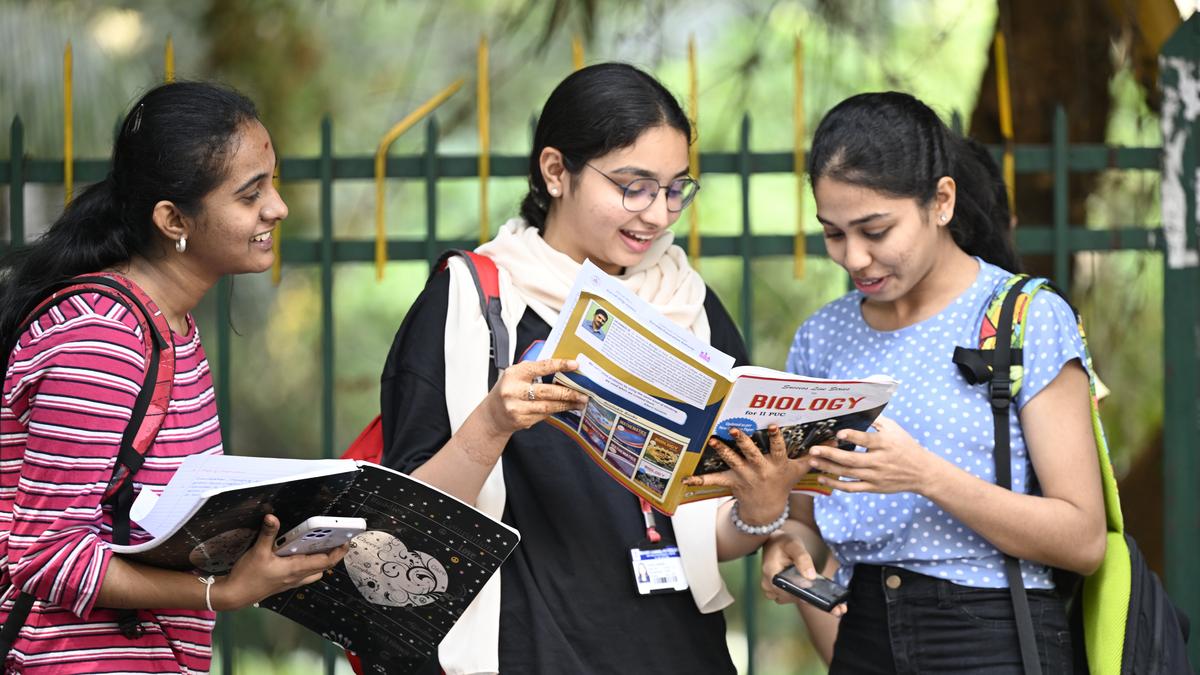
KEA to deploy facial recognition technology at all CET centres this year
The Hindu
KEA uses facial recognition & QR code technology to prevent impersonation during CET exams in Karnataka.
To effectively prevent impersonation and other irregularities during the Common Entrance Test (CET), the Karnataka Examinations Authority (KEA) has decided to use facial recognition technology to identify students at all examination centers across the State this year.
The KEA has developed a web-based application for this and has instructed officials to appoint an additional invigilator for every 100 students to verify students entering the exam hall through this technology. In addition, a QR code, which, when scanned, will provide all information about the student concerned, will be printed on the admission ticket this time.
Last year, the KEA used facial recognition technology at select sensitive CET centres. The service was outsourced to a private agency. This year, however, the KEA itself has deployed the technology at all centres.
The KEA integrated facial recognition technology during the application process for CET. “This year, we used Microsoft’s face recognition technology for the application process. During this procedure, we captured the students’ photographs. We had also used this technology in the exam held for the recruitment of police sub-inspectors,” said Prasanna H., Executive Director of the KEA.
Apart from this, the KEA has also printed a QR code on the student’s admission ticket. “We have developed a web app that will be used by invigilators to authenticate candidates at the exam centres. As soon as the invigilators scan this QR code, complete information, including the name and address of the students, will be available. Then, a photograph of the students will be captured. The student’s photograph in our database will be matched with the one scanned physically at the exam centre,” Mr. Prasanna explained.
Dedicated staff will be deployed for this authentication at all exam centres — one additional invigilator per 100 students. “For example, if there are 500 students in an examination centre, five additional invigilators will be appointed. We will map the mobile numbers of these invigilators with our facial recognition web app and the data of 500 students of the examination centre concerned will be sent to their mobile phones. Then, when these invigilators scan the QR code of the students and take their photograph, the entire information will be sent to our server,” said Mr. Prasanna.





















 Run 3 Space | Play Space Running Game
Run 3 Space | Play Space Running Game Traffic Jam 3D | Online Racing Game
Traffic Jam 3D | Online Racing Game Duck Hunt | Play Old Classic Game
Duck Hunt | Play Old Classic Game











